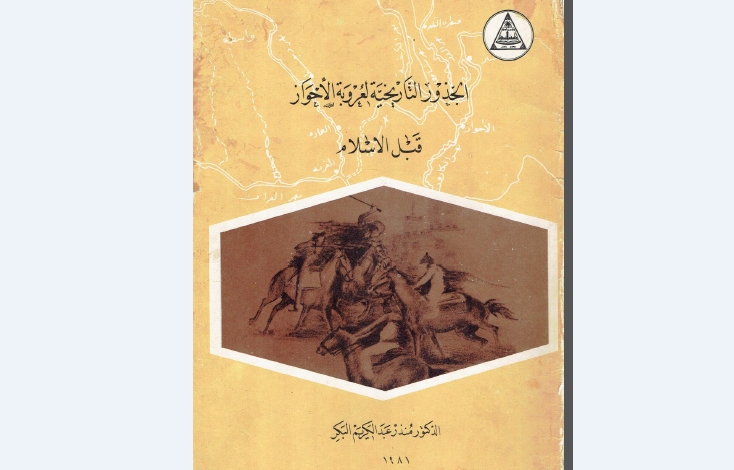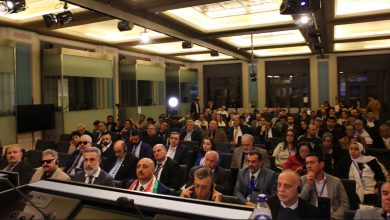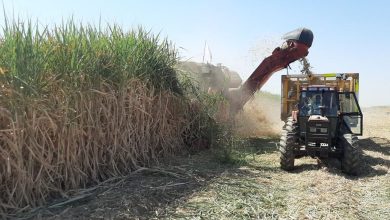
The historical roots of Al-Ahwaz Arabism before Islam, the state of Maysan.. A study confirming the Arabism of Al-Ahwaz
The book The Historical Roots of Al-Ahwaz Arabism before Islam, the state of Maysan, by the first Iraqi researcher, Munther Abdul-Karim, issued by the Center for Studies of Basra and the Arabian Gulf, enters the circle of interest of researchers and students interested in historical studies.
The book The Historical Roots of Ahwaz Arabism before Islam is located in the state of Maysan, and Maysan was known as “Kharax”, the city of Alexandria built by Alexander the Great 324 BC, in oblivion at the confluence of the Karun River, with the Shatt al-Arab River?
Alexander was aiming for its construction to be a commercial port and an important storehouse for the trade of the East, especially as he touched the bulk of the trade that passes through the Arabian Gulf between east and west, and a military base to protect his eastern capital, Babylon, 50 miles from the sea. Then the city was destroyed as a result of floods, and the king rebuilt it The Seleucid Antiochus IV in 166 BC, near the head of the Arabian Gulf, and then was destroyed again by the floods, so one of the Arab princes rebuilt it, and built a structure that increased its length to more than two miles, to protect the city from floods.
“Maysan” was known by name for the first time in the first century AD, in Syriac “Maysan” and the Euphrates “Mishan” or “Mishan”, and it was mentioned in the Bali Talmud as “Misha” and in the dark texts it was called “Castle of Maysan”.
In the Islamic period, the city of Maysan became a center for coinage, especially in the Umayyad period.
The study showed that the original inhabitants of the Maysan region, since the days of the Assyrian Empire, are Arameans, and the Arameans in modern studies are Arabs of the Arabian Peninsula. This indicates that the Achaemenids rule over the region was a name mentioned by their news only, and from here we see that the great Alexandria when he arrived in this region and found it under the rule of an Arab prince. BC”.and showed that the first tribes that settled in the region before Islam in the Maysan region in Ahwaz were the Bakr bin Wael tribes that settled in the Kerman region, especially the city of “Aban” and the “Handala” tribes that settled in Rumaila from the Ahwaz region, as indicated by Curtius Rufus who He lived in the first tens of the third century AD until the Arabs were in this period in the region of Kerman and Persia, and it seems that the Arabs had penetrated east to Elam, i.e. Al-Ahwaz, and then the southern parts of Persia through the Mulla of Maysan.
The ruler of Maysan took control of Alla Elam in the year 129 BC, and this is supported by al-Tabari, when he mentions the settlement of some tribes of Taghlib, Abd al-Qais, and Bar bin Wael in Kerman, Toj and Ahwaz.




